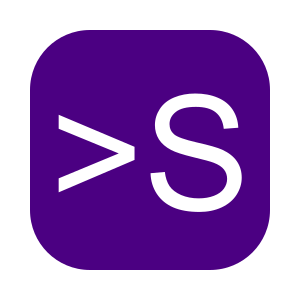
Getting Started with shellA
Your guide to setting up and using shellA in minutes
Getting Started
Documentation
Overview
This guide will help you get up and running with shellA in just a few minutes. shellA is an AI-powered file transformation tool that lets you modify local files using natural language commands.
- How to install shellA on your system
- Basic navigation of the shellA interface
- How to create your first workflow
- Tips for getting the most out of shellA
Installation
Installing shellA is quick and straightforward. Follow these steps to get shellA on your system:
After you have created a ByteSpell account and selected your subscription, download the shellA installer for your operating system from the Download Page.
Run the installer:
- Windows: Double-click the .exe file and follow the installation wizard
- macOS: Open the .dmg file and drag shellA to your Applications folder
Launch shellA from your applications menu or desktop shortcut
Sign in with your ByteSpell account
First Steps
Now that you have shellA installed, let's get familiar with the interface and try your first commands.
When you first open shellA, you'll see three main areas:
File Explorer (Left Panel): Allows you to add and displays your directories. You can navigate through folders and preview the transformations before you execute them.
Chat (Center Panel): This is where you prompt shellA with what you want to do. You can type in natural language. shellA will be aware of any directories that you add in the File Explorer pane.
Workflow Panel (Right Panel): Shows your saved workflows. You can run, edit, or delete them from here.
Basic Examples
Let's try some basic examples to get a feel for how shellA works. Remember, you can use natural language - no need to memorize specific syntax!
Try these simple prompts to get started:
List Duplicate Files
"Show me all duplicate files in this folder"This will display all duplicate files in your current directory.
Create a New Folder
"Create a new folder called Duplicates and move all duplicates there"This will create a new directory named "Duplicates" in your current location and move any duplicate files there.
Delete Files
"Delete the oldest duplicate file"This will find compare the duplicates and delete the oldest one.
While shellA understands natural language, it helps to know the general structure of effective commands:
Action + Object + Modifiers
- Action: What you want to do (move, rename, find, etc.)
- Object: What you want to act on (files, folders, content)
- Modifiers: Additional details (location, criteria, etc.)
Next Steps
Now that you've got the basics down, here are some suggestions for what to explore next: